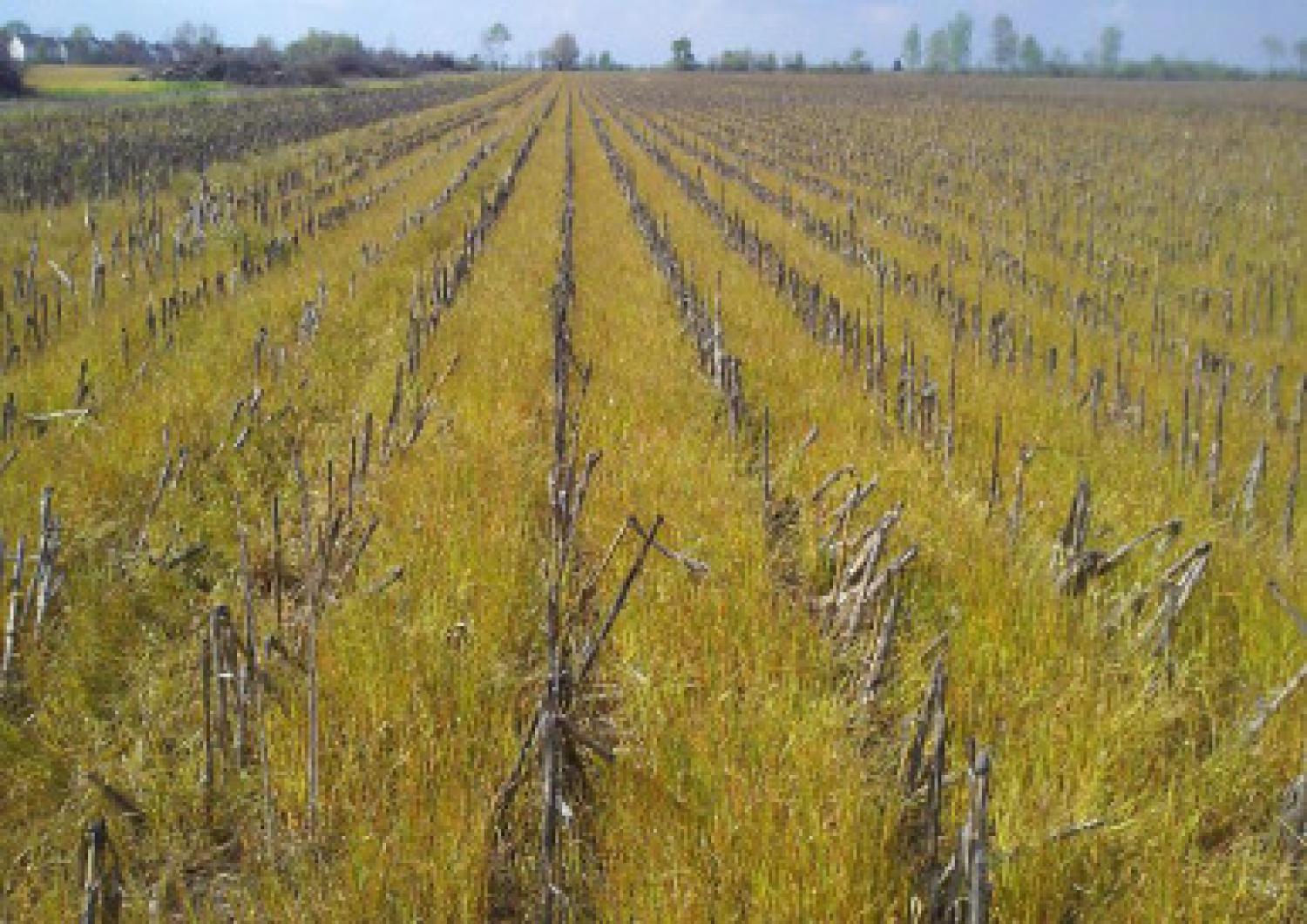
Tillage is the most common agricultural practice dating back to the origin of agriculture. In recent decades, no-tillage (NT) has been introduced to improve soil and water quality. However, changes in soil properties resulting from long-term NT can increase losses of dissolved phosphorus, nitrate and some classes of pesticides, and NT effect on nitrous oxide (N2O) emission remains controversial. Complementary management that enhances the overall environmental benefits of NT is therefore crucial. By incorporating cover crops, nutrient cycling and nutrient use efficiency in NT fields could be improved given the nutrient supplying capacity of some cover crops. Cover crops could also offset the need for occasional tillage of NT cropland, an operation whose effect is only temporary in reducing, for example, soil compaction associated with NT management. When used in combination with NT, cover crop termination methods, using agrochemicals, should be carefully considered to prevent further jeopardy to water quality. Compared to herbicides, the use of roller crimping could potentially result in production cost saving while minimizing soil disturbance and export of agrochemicals. Future research should focus on various combinations of cover crop traits (e.g., decomposition rate) and management (e.g., timing of cover crop termination) that account for site- and cash crop-specific requirements.
